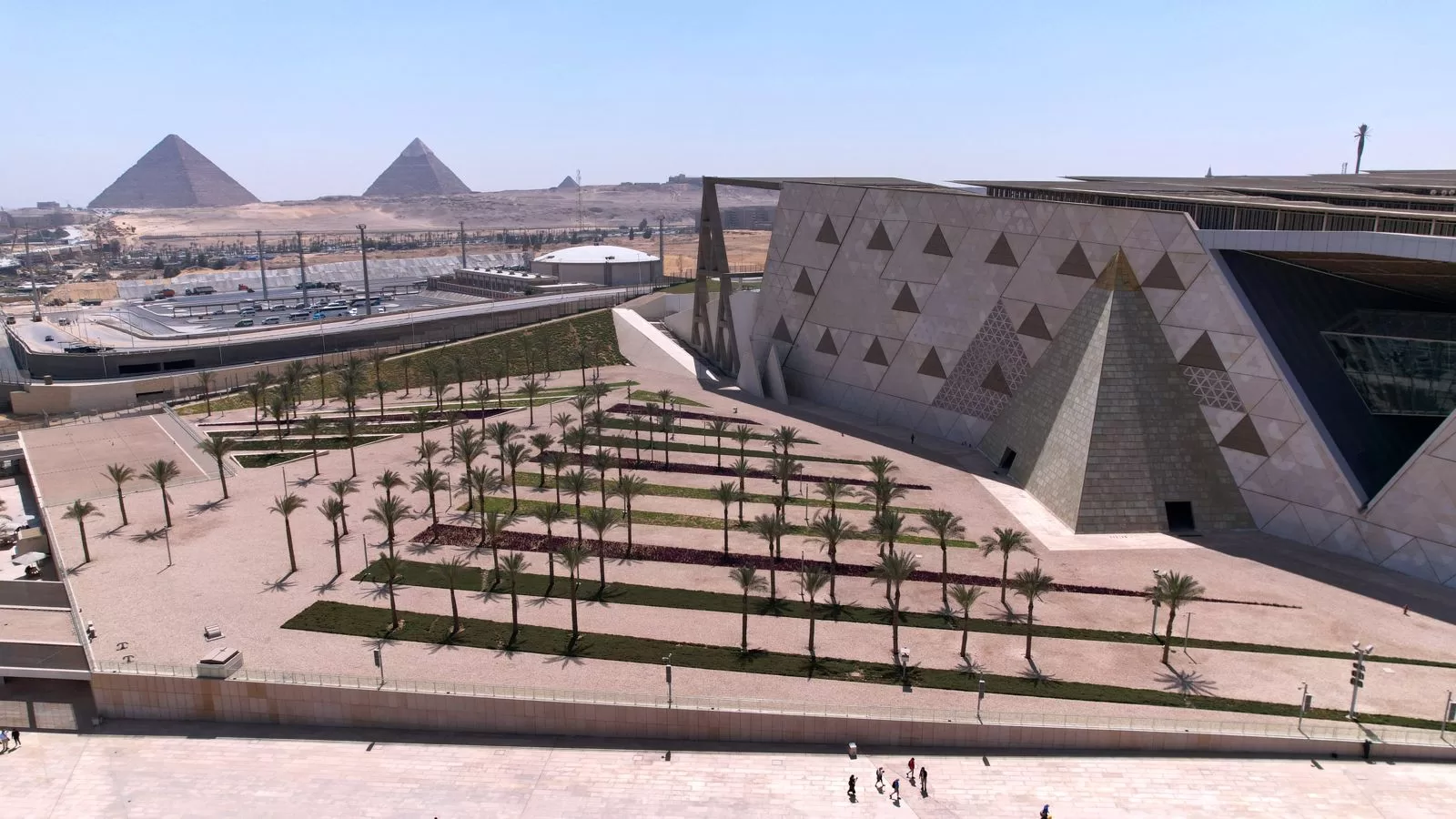Copyright egyptian-gazette

For millennia, the Nile has flowed as Egypt’s lifeblood, shaping the destinies of its people both past and present. To the ancient Egyptians, the river was not merely a vital source of sustenance, but also the principal artery for travel and trade. Their ingenuity in boat-building opened the world to them, carrying their culture, ideas, and goods across distant shores. Although time has swept most ancient vessels away, archaeologists have been fortunate to uncover detailed boat models in the tombs of kings and nobles. These remarkable finds reveal the Egyptians’ mastery: from elegant watercraft designed for the Nile’s gentle currents to sturdy ships built to withstand open seas. Sacred barques carried gods during temple rites and religious festivals, while the most resplendent of all, the “solar boats”, were said to transport kings on their eternal voyage across the heavens. The solar barque was endowed with deep spiritual meaning. It symbolised the pharaoh’s passage to the afterlife: a celestial journey through the sky. This was especially true for King Khufu (also known as Cheops), the visionary ruler of the Fourth Dynasty and builder of the Great Pyramid. In May 1954, engineer Kamal el-Mallakh made a breathtaking discovery near the southern base of the Great Pyramid: two sealed pits containing boats belonging to Khufu. The first pit held a trove of Lebanese cedar planks, remnants of a royal vessel from 2589–2566 BC, complete with a cabin, pairs of oars, steering columns, and other intricate parts. Steered by restorer Ahmed Youssef’s steady hands, this grand vessel was patiently reassembled over two decades and first displayed to the world in 1982 at a dedicated museum by the Great Pyramid. The second boat has since undergone meticulous restoration through a partnership between the GEM and the Japan International Cooperation Agency. Khufu’s solar boat stands as both the largest and oldest surviving wooden artifact in human history. To honour its extraordinary significance, a state-of-the-art, 20,000-square-metre museum has been constructed within the GEM grounds, surpassing even the historic Egyptian Museum in size, and equipped with the very latest in preservation and exhibition technology. Transporting Khufu’s vessel to its new home demanded exceptional care and ingenuity. Museum experts debated for decades how to move such a delicate masterpiece safely. Under the visionary leadership of Major General Atef Moftah, Engineering Supervisor of the GEM Project, a carefully orchestrated plan was presented to President Abdel Fattah El-Sisi, with former Minister of Tourism and Antiquities Khaled El-Enany and a team of dedicated specialists guiding every detail. The mission was to safeguard this ancient treasure and unveil its full majesty in a setting worthy of its legacy. Every phase of the move was executed with painstaking precision. The boat was encased in a custom-built frame of wood and metal, then gently lifted and placed upon a specially imported smart vehicle capable of negotiating every curve and bump. Simulations and environmental monitoring ensured utmost safety throughout. In August 2021, after three days of careful travel, Khufu’s solar boat arrived, unscathed, at its magnificent new home. As visitors approach the Grand Egyptian Museum, they are greeted by a shimmering water feature flowing across the plaza—a tribute to the Nile’s enduring presence, echoing the timeless river that nourished Egypt’s civilization and dreams. Enchanting gardens Enfolding the museum, GEM’s enchanting gardens offer a serene welcome, inviting guests into a landscape where nature and history flourish side by side. Upon arrival, visitors can savor a refined dining experience at the spacious Pyramids Restaurant, boasting breathtaking views of the legendary pyramids, a memory to cherish. Nearby, the Temple Garden Restaurant offers a tranquil oasis, with delicious fare served in restful surroundings. Venturing further unfolds the Recreational Garden, a generous expanse of tranquility spanning 58,000 square meters before the Conference Centre to the north. South of the entrance plaza, the open-air Sculpture Garden beckons guests to stroll among striking masterpieces set amidst natural beauty. The Temple Garden enchants with aromatic plants once treasured by ancient Egyptians, creating a sanctuary where fragrance and memory intertwine. The Land of Egypt Garden pays homage to the nation’s agricultural roots, showcasing heritage crops and authentic traditional tools, a living reminder of Egypt’s age-old harmony with the land. At the museum’s southwestern edge, the Sand Dunes Area features gentle rises and hollows, offering peaceful contemplation. From the Temple Garden, the scenic Pyramid Highlands path winds towards the Sand Dunes, presenting breathtaking pyramid vistas at every turn, a constant reminder of Egypt’s awe-inspiring legacy. Within these gardens, Egypt’s spirit comes alive. Surrounded by history and thriving nature, every visitor is warmly invited to embark on a journey of wonder, reverence, and the quiet embrace of the past. The next and final article will explore the Grand Promenade stretching from the GEM to the Giza Plateau and celebrate the prestigious certifications awarded to the museum. Missed the previous article?Discover Part 4: Main galleries, Tutankhamun’s treasures in GEM’s epic journey.



